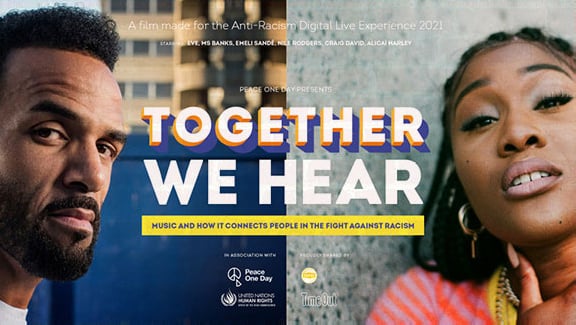In an increasingly on-demand media landscape, Ben Padfield at Redwood Films say that brands must write themselves into a bigger story to capture and keep the attention of audiences.
As featured in the drum.
We live in a hyper-connected world. With smartphones holstered, modern consumers are painted as content cowboys competing in a quick-draw contest with itchy trigger fingers. You can understand why. Social media is increasingly focused on the short form, whether through Twitter’s character limits or short-form content on TikTok and Instagram.
For a while, marketers thought that the rise of short-form media reflected a shortening of our own attention spans. An infamous Microsoft survey made headlines by suggesting that, since the turn of the millennium, our attention spans had shortened from 12 to 8 seconds.
While this has been proven false, it inadvertently highlights a real learning. It isn't about our capacity to pay attention; it's about desire. It's not about our brain's inability to concentrate, but its increased ability to focus faster, sift quicker, and determine value more brutally. Our attention span isn’t dwindling. It’s becoming more demanding.
Big screen thinking
Today’s rules of engagement are simple: if you want an audience's attention, you need to earn it. It’s not just about spreading content across channels and how quick you are to grab their attention. It’s equally about the value you can deliver once you have it.
This is the fundamental difference between advertising and branded programming. It's predicated on finding plausible mutual interest and is defined by choice, not length. The appetite from audiences for world-class, long-form content watched on their own terms is evidenced clearly through the prolific rise of streaming services.
The streaming war has exploded choice for consumers, while dissolving many barriers to getting long-form content on screen. Over 80% of UK consumers streamed using paid services over the last year, but while this increase in consumption creates greater opportunity, it also poses a series of more fundamental questions.

The answer to capturing viewers' attention may be obvious - but how can brands cut through once they have it? / Tarun Savvy via Unsplash.
While research shows you only need six seconds to deliver your message, shouldn’t we be asking how we can make something audiences want to immerse themselves in for longer - instead of how long we have before they switch off?
The need to answer this is particularly pertinent with the rise in on-demand viewing, the move toward subscription-funded services, and other 'dark channels' where audiences are increasingly consuming more content in spaces ads can’t reach (or aren’t as effective).
While ads continue to play a vital role in helping brands say what they need to say, the content world has evolved too much for that alone to be enough.
Like the content and want to be a part of it? Fill in the form below to find out how we can help you create your own story.